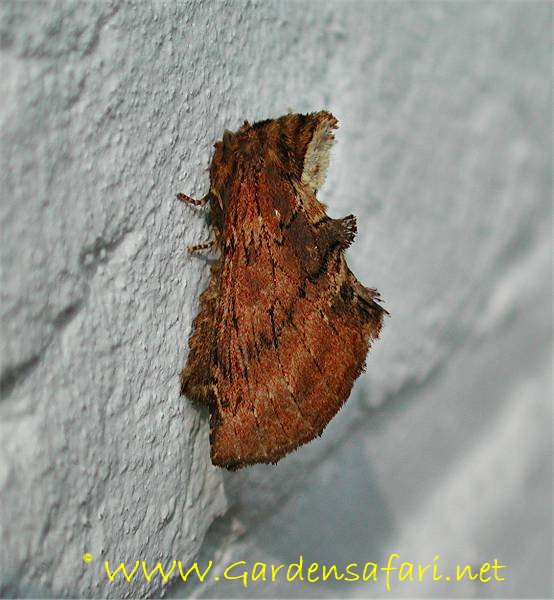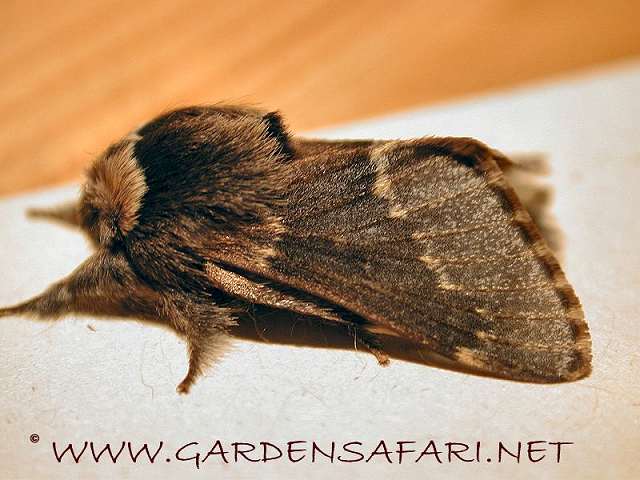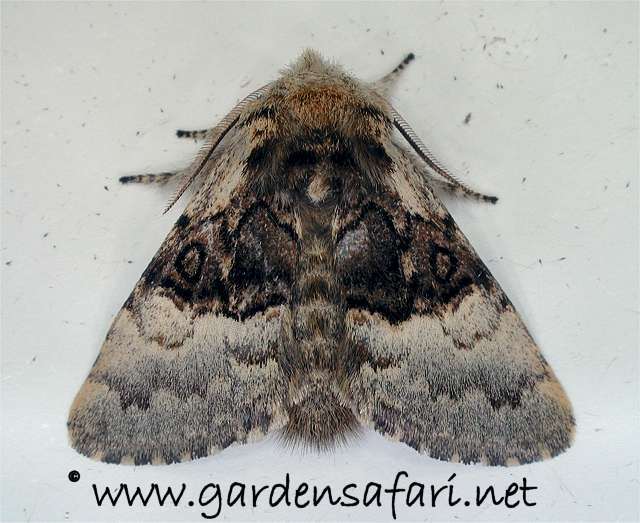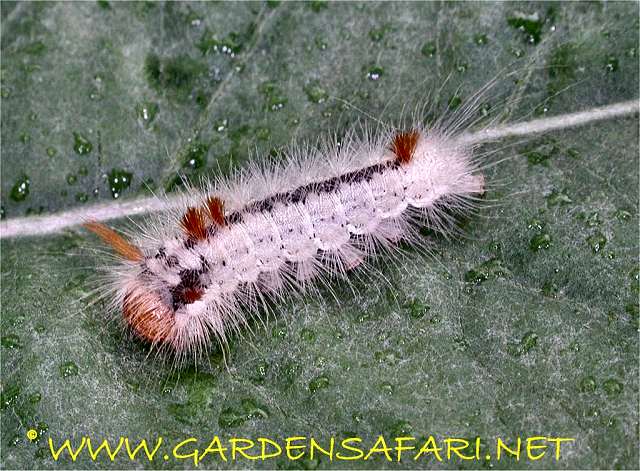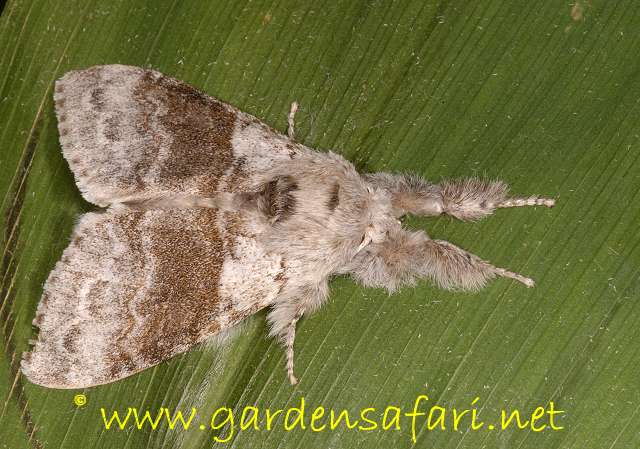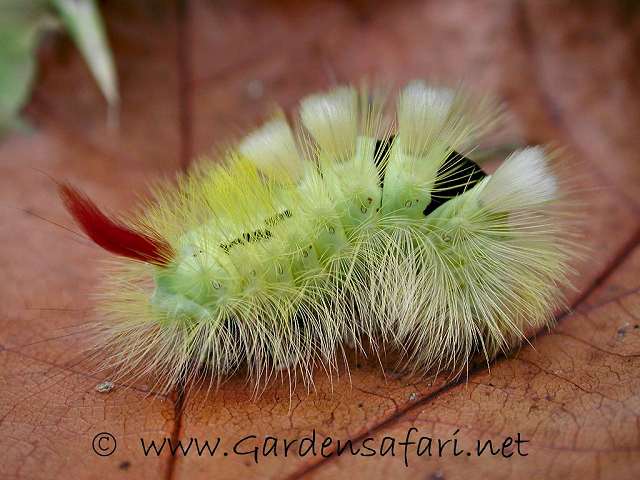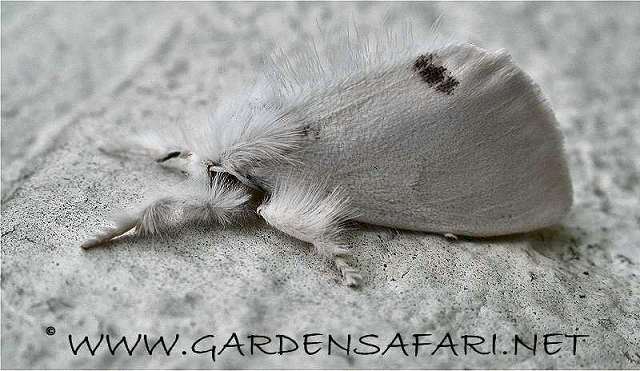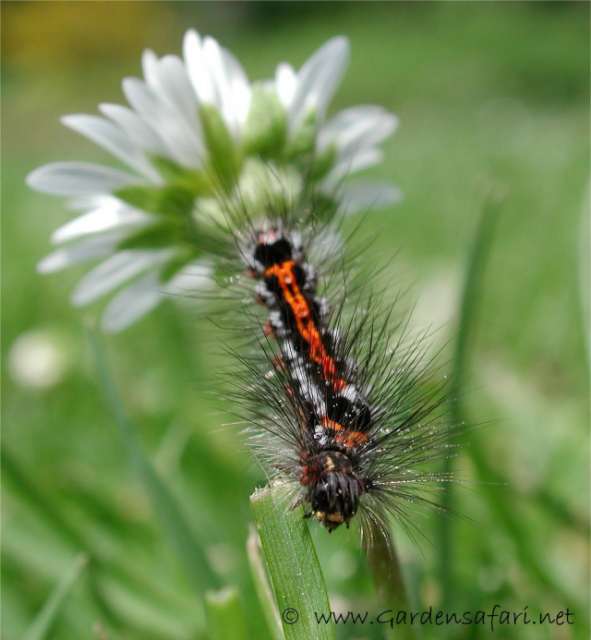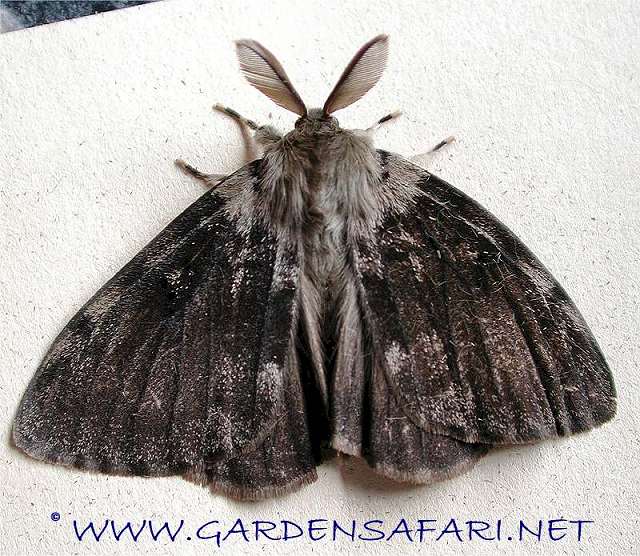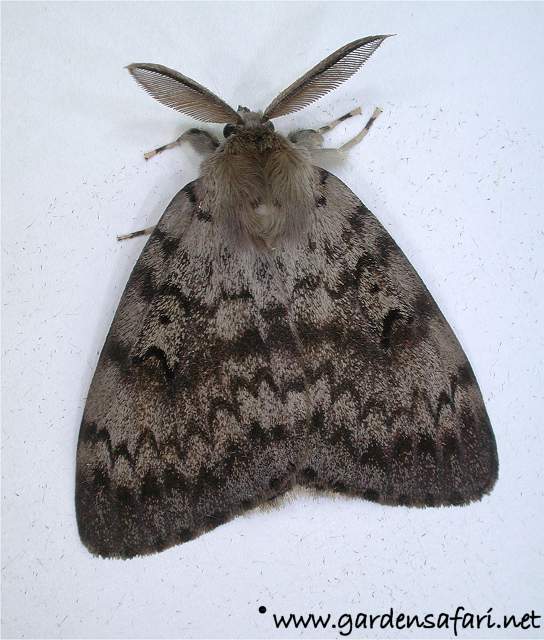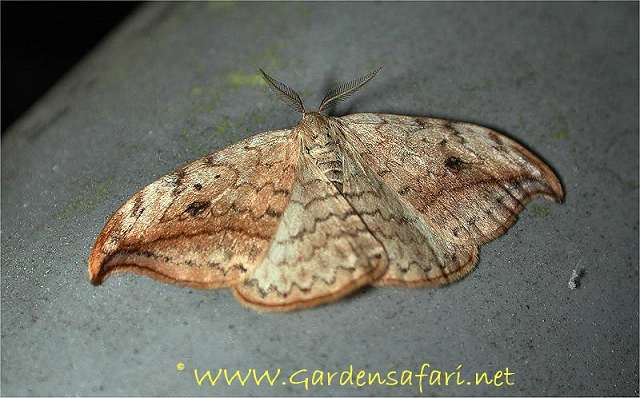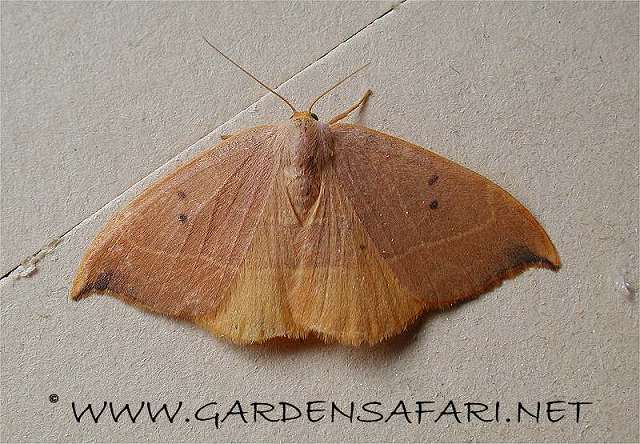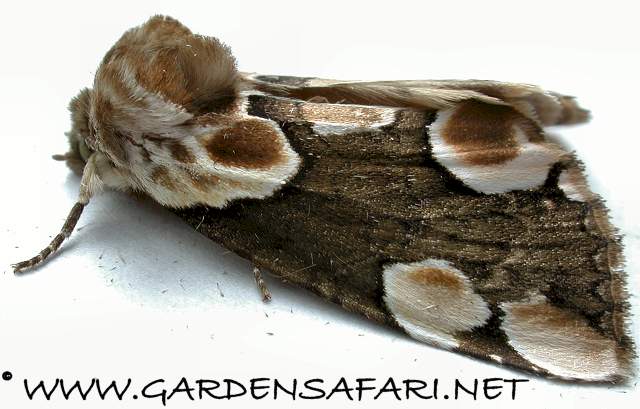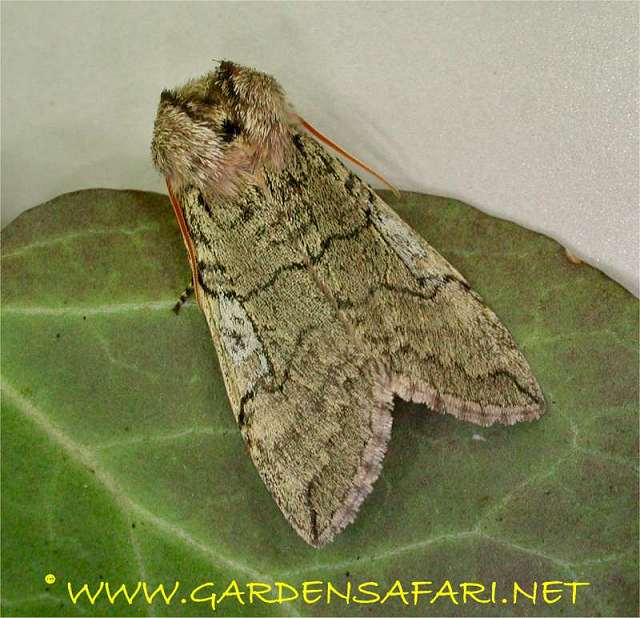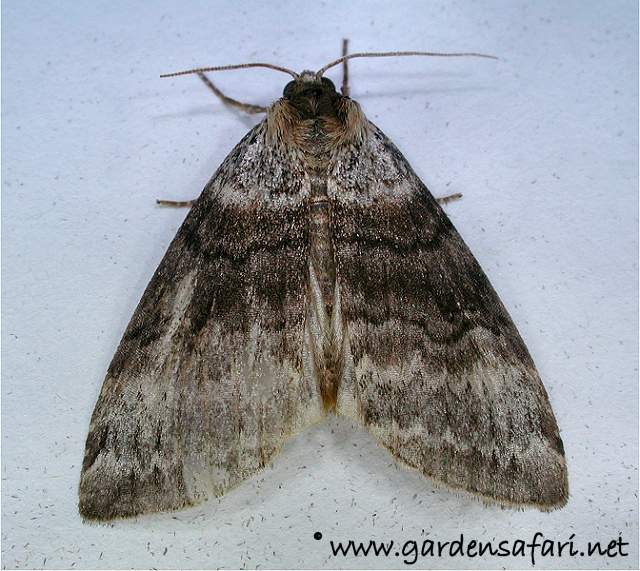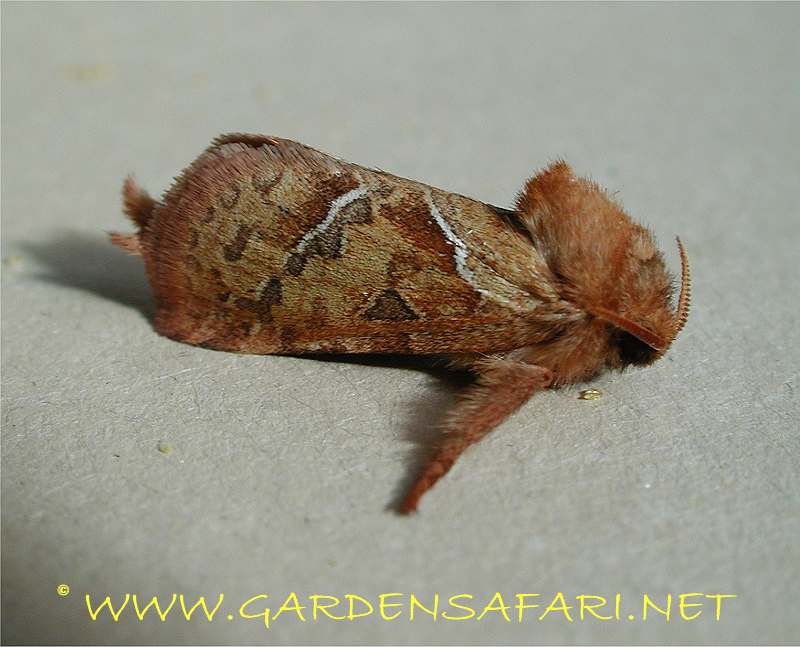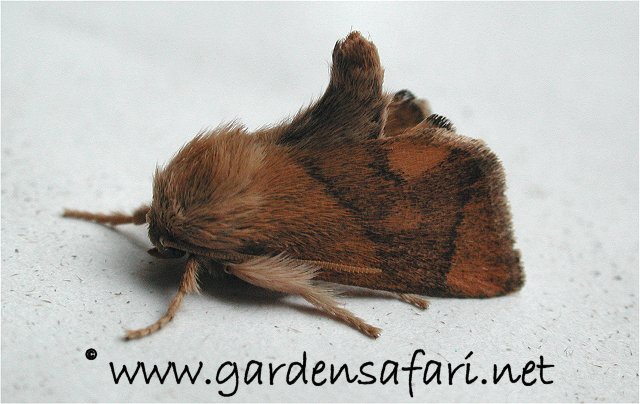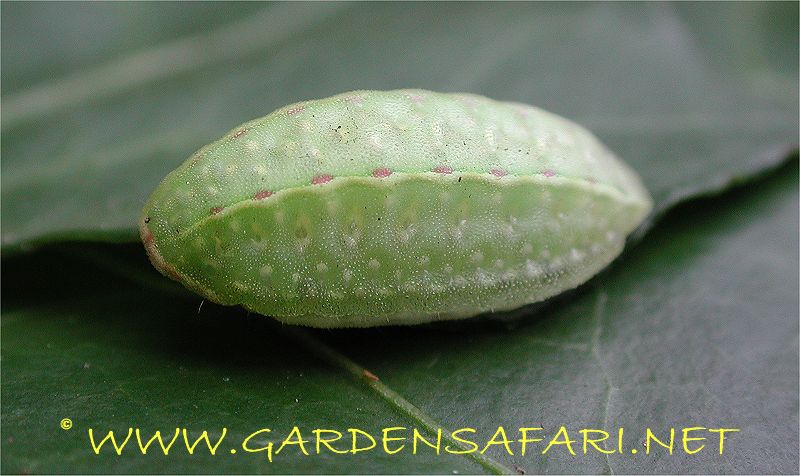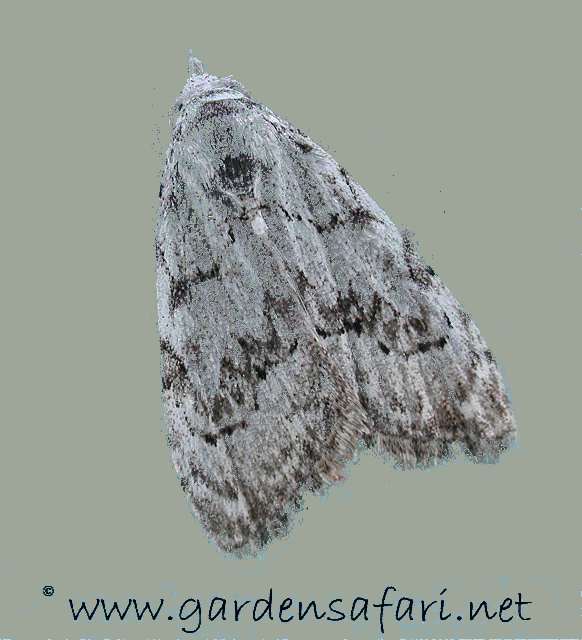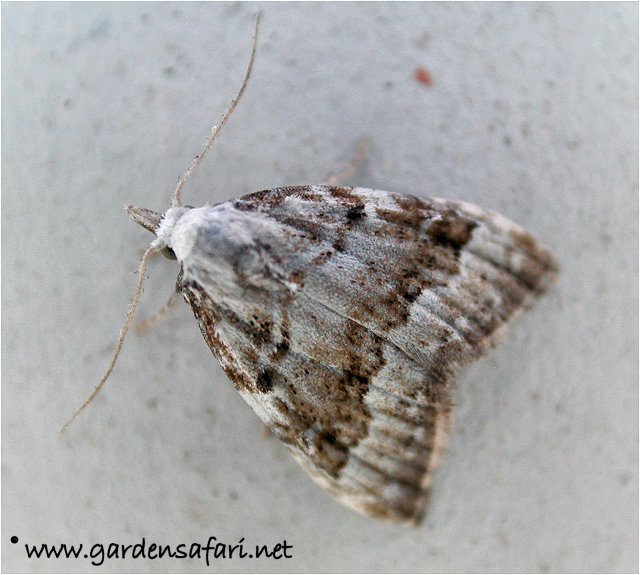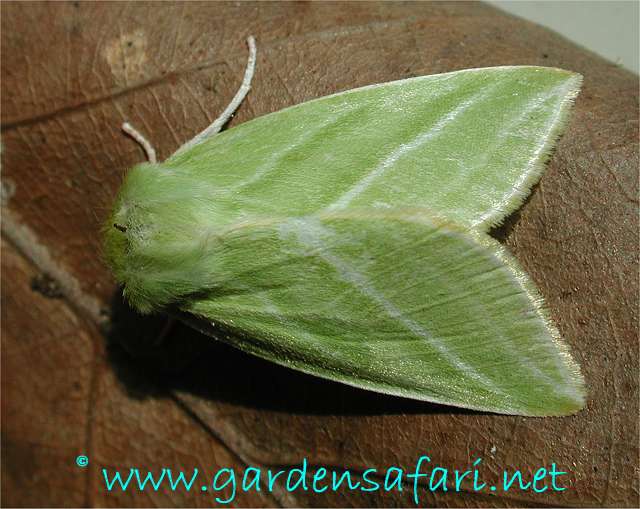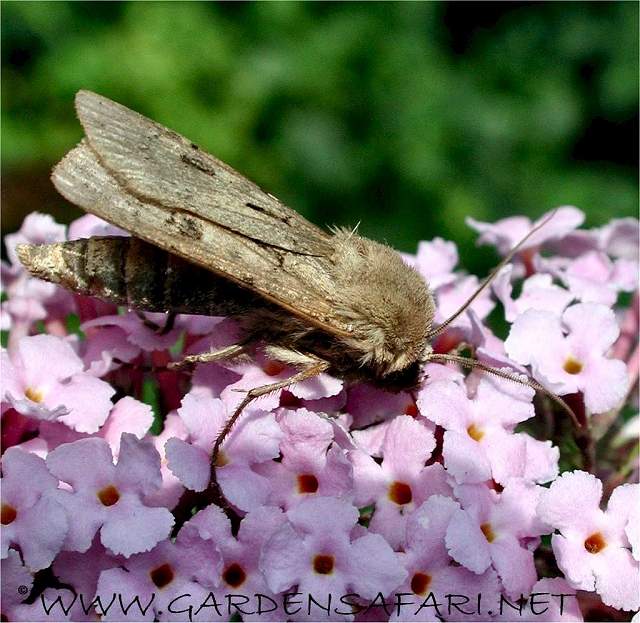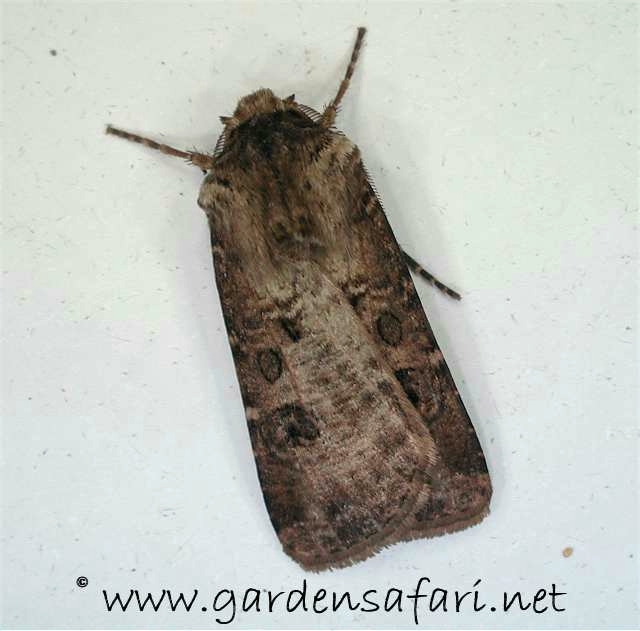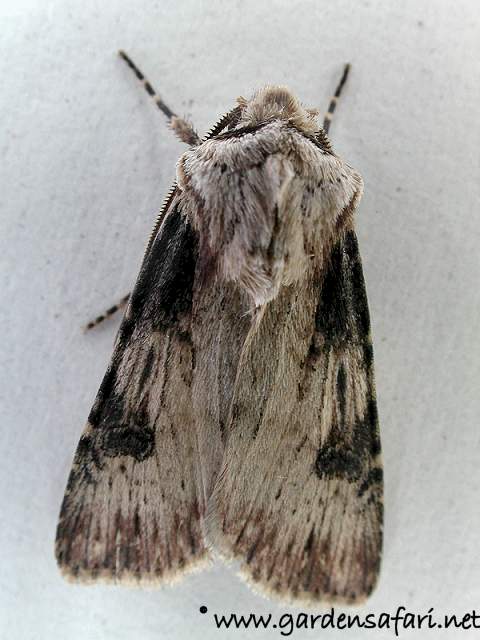Lesser Swallow Prominent Pheosia gnoma
Lesser Swallow Prominent Pheosia gnoma
Lesser Swallow Prominent Pheosia gnoma
Lesser Swallow Prominent Pheosia gnoma
Family: Prominents (Notodontidae)
This very beautiful moth is called the Lesser Swallow Prominent. Like its name suggests a second Swallow Prominent exists, which is slightly bigger. Still this 'lesser' one is quite impressive too: the wings can span almost 6 cm! On the wing from May to September it can be encountered throughout the British Isles, as long as birches grow, for that's the species only host. The Lesser Swallow Prominent is quite a common species throughout Europe and Asia.
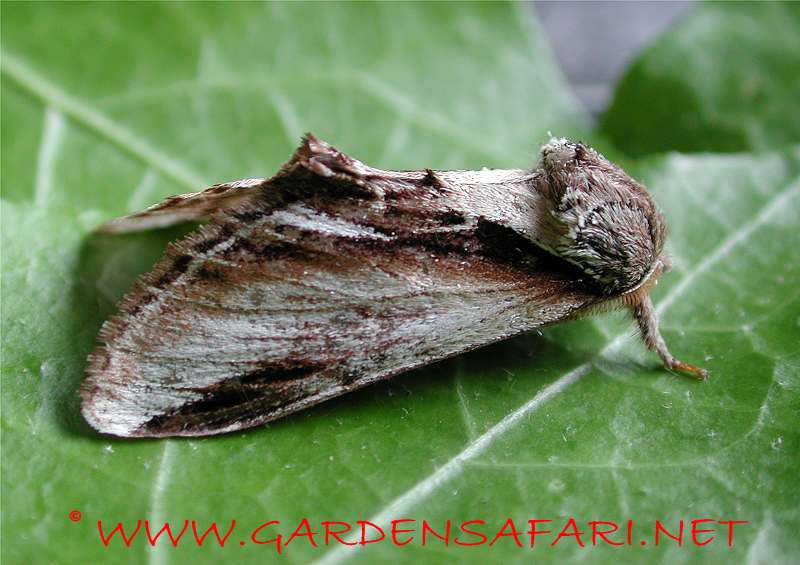
Family: Prominents (Notodontidae)
This very beautiful moth is called the Lesser Swallow Prominent. Like its name suggests a second Swallow Prominent exists, which is slightly bigger. Still this 'lesser' one is quite impressive too: the wings can span almost 6 cm! On the wing from May to September it can be encountered throughout the British Isles, as long as birches grow, for that's the species only host. The Lesser Swallow Prominent is quite a common species throughout Europe and Asia.


